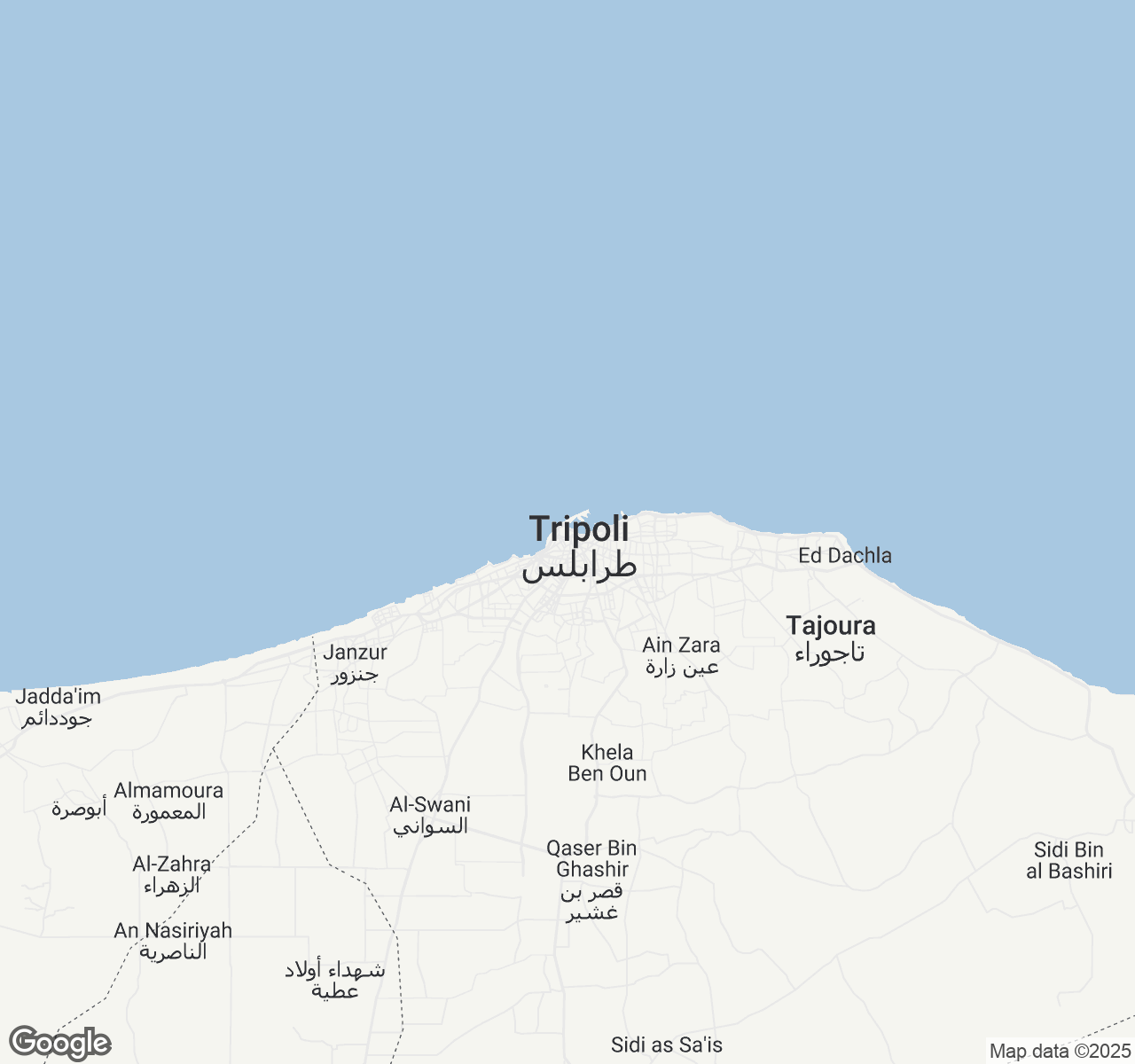
Things to Do in Tripoli
Discover the best of Tripoli
Plan Your Trip
Essential guides for timing and budgeting
Top Things to Do in Tripoli
Discover the best activities and experiences. Book now with our trusted partners and enjoy hassle-free adventures.
Your Guide to Tripoli
About Tripoli
Tripoli unfolds like a living tapestry where ancient stones whisper tales of Phoenicians, Romans, and Ottoman sultans. Lebanon's second city pulses with authentic Arab culture, far removed from Beirut's cosmopolitan veneer. In the labyrinthine souks of the Old City, copper smiths hammer rhythmic melodies while the aroma of orange blossom and cardamom drifts from traditional coffee houses. The magnificent Citadel of Raymond de Saint-Gilles crowns the medina, its honey-colored ramparts catching the Mediterranean light. Here, traditional hammams still steam with centuries-old rituals, and master craftsmen preserve arts passed down through generations. Mina, the bustling port district, serves the freshest seafood against a backdrop of bobbing fishing boats and palm-fringed corniche. This is Lebanon's soul laid bare – unpolished, genuine, and deeply moving. Every narrow alley reveals architectural gems, from Mamluk mosques with intricate geometric patterns to Ottoman-era khans where merchants once traded silk and spices. Tripoli doesn't perform for tourists; it simply exists, magnificent in its authenticity.
Travel Tips
Transportation: Service taxis (shared minibuses) cost 1,000-2,000 LBP within the city and run fixed routes. Download the Careem app for private rides, or negotiate with local taxis beforehand. Walking is ideal for exploring the compact Old City medina.
Money: Bring US dollars as ATMs are unreliable due to banking restrictions. Most places accept USD directly at 15,000 LBP exchange rate. Keep small denominations as change is often given in Lebanese pounds.
Cultural Respect: Dress modestly when visiting mosques (long pants, covered shoulders). Remove shoes before entering prayer areas. During Ramadan, avoid eating/drinking publicly during daylight hours. Learn basic Arabic greetings - locals deeply appreciate the effort.
Food Safety: Street food is generally safe at busy stalls with high turnover. Try manakish from traditional bakeries in the morning. Avoid ice in drinks and opt for bottled water. Al-Mina port area has excellent fresh seafood restaurants.
When to Visit
Spring (March-May) offers ideal conditions with temperatures ranging 18-26°C and minimal rainfall (20-40mm monthly). Wildflowers bloom in nearby mountains, and accommodation costs 20% less than peak season. Summer (June-September) brings intense heat (28-32°C) and high humidity, but perfect beach weather. This peak season sees 40-50% higher prices and crowded attractions. The annual Tripoli Festival occurs in July-August featuring traditional music and cultural performances. Autumn (October-November) provides excellent weather (20-27°C) with warm seas and 30% lower accommodation rates. Winter (December-February) is mild (12-18°C) but wet, with 80-120mm monthly rainfall. Hotels offer 50% discounts, making it ideal for budget travelers willing to brave occasional storms. Ramadan (dates vary) creates a unique atmosphere with evening festivities, though some restaurants close during daylight hours. Cultural enthusiasts should visit during spring or autumn for comfortable exploration of historic sites. Beach lovers prefer July-September despite crowds and heat. Budget-conscious travelers find excellent value in winter months, while photographers capture the best light during golden autumn days when crowds thin and locals reclaim their city.

Tripoli location map